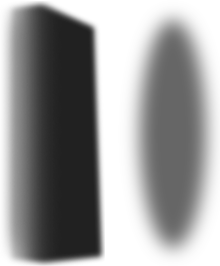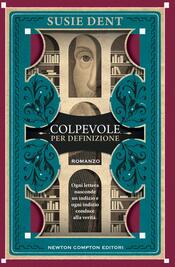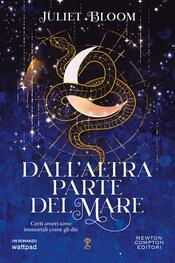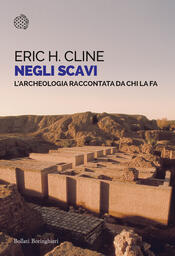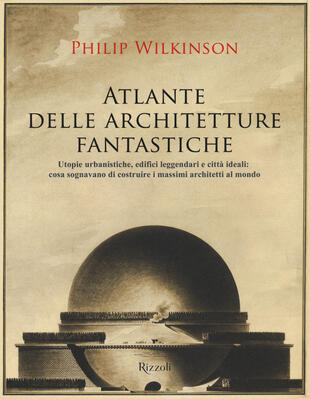
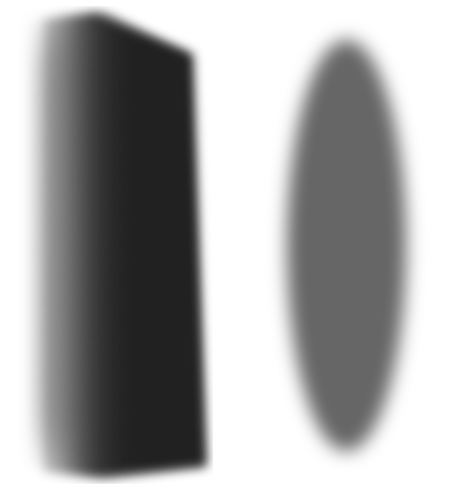
Atlante delle architetture fantastiche. Utopie urbanistiche, edifici leggendari e città ideali: cosa sognavano di costruire i massimi architetti al mondo
Acquistalo
Sinossi
Il grattacielo alto un miglio, la cupola che sovrasta gran parte di Lower Manhattan, l'arco trionfale a forma di elefante: alcuni degli edifici più impressionanti della storia dell'architettura non sono mai stati realizzati. In tali progetti, gli architetti hanno spinto l'uso dei materiali al limite estremo, esplorato idee nuove e ambiziose, sfidato le convenzioni, concedendosi libertà creative o aprendo la strada verso il futuro. Alcuni sono veri e propri capolavori dell'architettura, altri sono soltanto incantevoli voli di fantasia. Non è stata la mediocrità a ostacolarne la realizzazione; a fermarli sui tavoli da disegno sono stati piuttosto la politica, la mancanza di fondi oppure committenti troppo prudenti, che hanno preferito realizzare progetti tradizionali piuttosto che quelle visioni ardite. Tra questi edifici mai costruiti ci sono grandiosi progetti che sono diventati dei veri e propri biglietti da visita per i loro ideatori, sperimentazioni al limite della tecnologia, idee visionarie per la città del futuro e autentici articoli di fede architettonica. Strutture come la cupola di Richard Buckminster Fuller su New York o il grattacielo di Frank Lloyd Wright possono sembrare azzardati, ma di fatto hanno indicato una strada, tracciata decenni più tardi da edifici come l'Eden Project in Cornovaglia e lo Shard di Londra. Protagoniste assolute di questo libro illustrato, le architetture fantastiche sono molteplici. Alcune di esse sono disegni di grande bellezza, come l'enorme monumento sferico di Etienne-Louis Boullée per Isaac Newton; altre, come i piani urbanistici di Le Corbusier, sembrano volerci insegnare come vivere; altre ancora, come i «grattacieli orizzontali» di El Lissitzky e le torri coniche di Gaudi a New York, stravolgono ogni convenzione architettonica, oppure sono bizzarre e stimolanti allo stesso tempo, come la Walking City e la Plug-in City di Archigram.
- ISBN:
- Casa Editrice:
- Pagine: 255
- Data di uscita: 25-09-2018
Recensioni
Although i started this several months ago I didn't really start reading it properly until last week. I had previously dipped in and out of it. But once i devoted my time to it, what a very interesting and enthralling read, some very quirky, interesting and downright strange designs. It would have b Leggi tutto
Este libro es una D-E-L-I-C-I-A. Sobre todo para la gente que ama la historia del arte y de la arquitectura. Leí cada página fascinado por tantas obras impresionantes. Una verdadera maravilla. Recomendadísimo.
This book is much much more than it appears to be by title and first impression. You're guided easily through the buildings in chronological order and get an understanding of a lot more than buildings in this way. The changing tastes of different classes, the effect of war and what great potential ca Leggi tutto
Interesting concept again from Philip Wilkinson and certainly worth a read to know some of the best projects that never happened. Lots are well known, some not, some I found particularly interesting and some I didn’t. There isn’t masses of depth on each project, if you find one particularly interest Leggi tutto
Einiges gelernt, was vor allem daran liegt, dass ich über Architektur kaum etwas weiß. Eins der wenigen Bücher jemals, die ich vor allem wegen der ansprechenden Covergestaltung haben wollte. Die deutsche Übersetzung enthält zudem zusätzliche Hinweise auf deutsche Gebäude, die tatsächlich gebaut wurd Leggi tutto
A coffee table book but as I do not have a coffee table i read the ebook version. As ever with these books they are strong on pics and thin on text. Considering it a book about things that never existed it makes a reasnable job of filing the mind of what could be. However it remains a book fundament Leggi tutto
Very insightful and loved all the descriptions. Sometimes I wished the book had more buildings that were actually built from the same architects next to their ideas, because I had to google so many of them instead to learn the visual language of the architects. Maybe this is not what the book is abo Leggi tutto
Citazioni
Al momento non ci sono citazioni, inserisci tu la prima!



